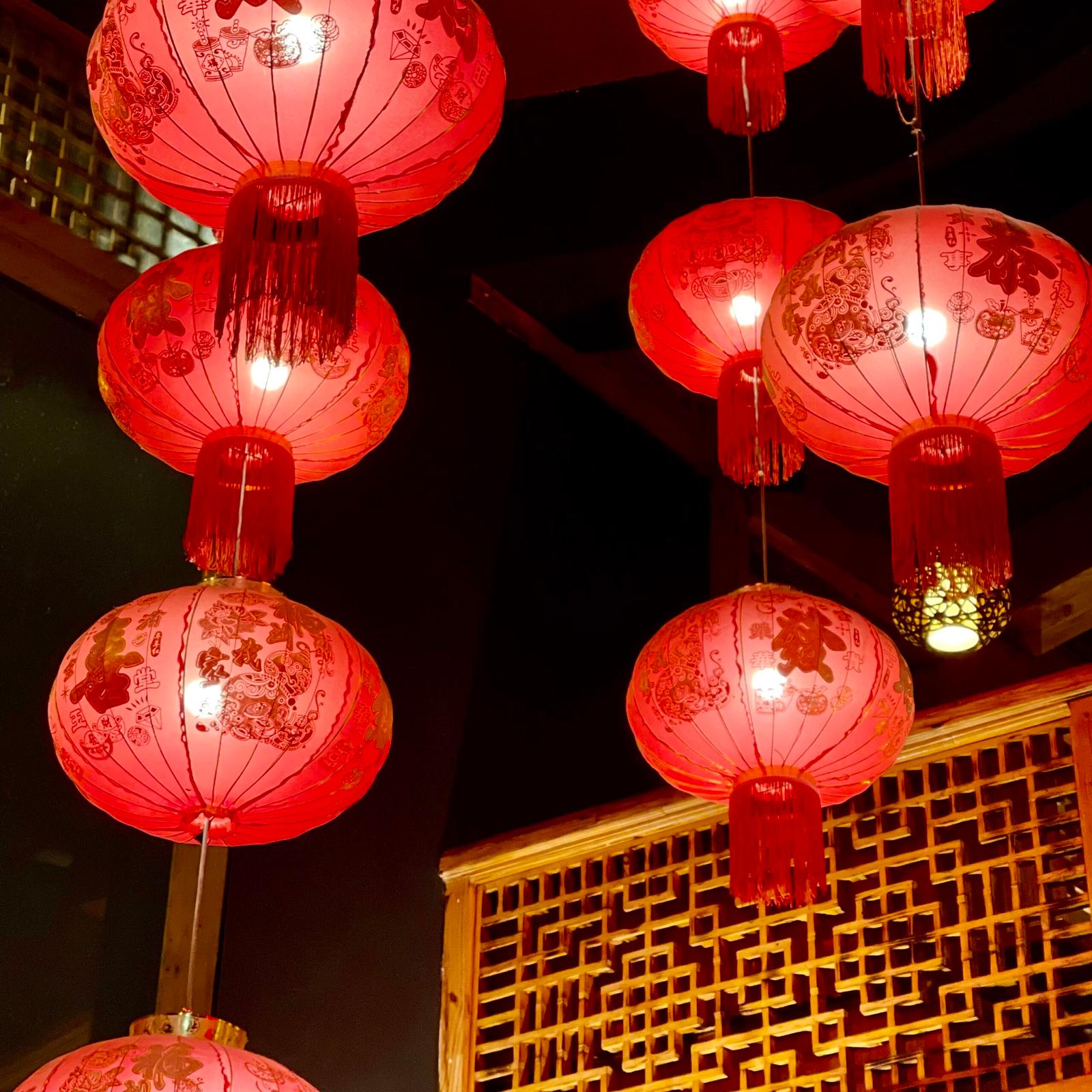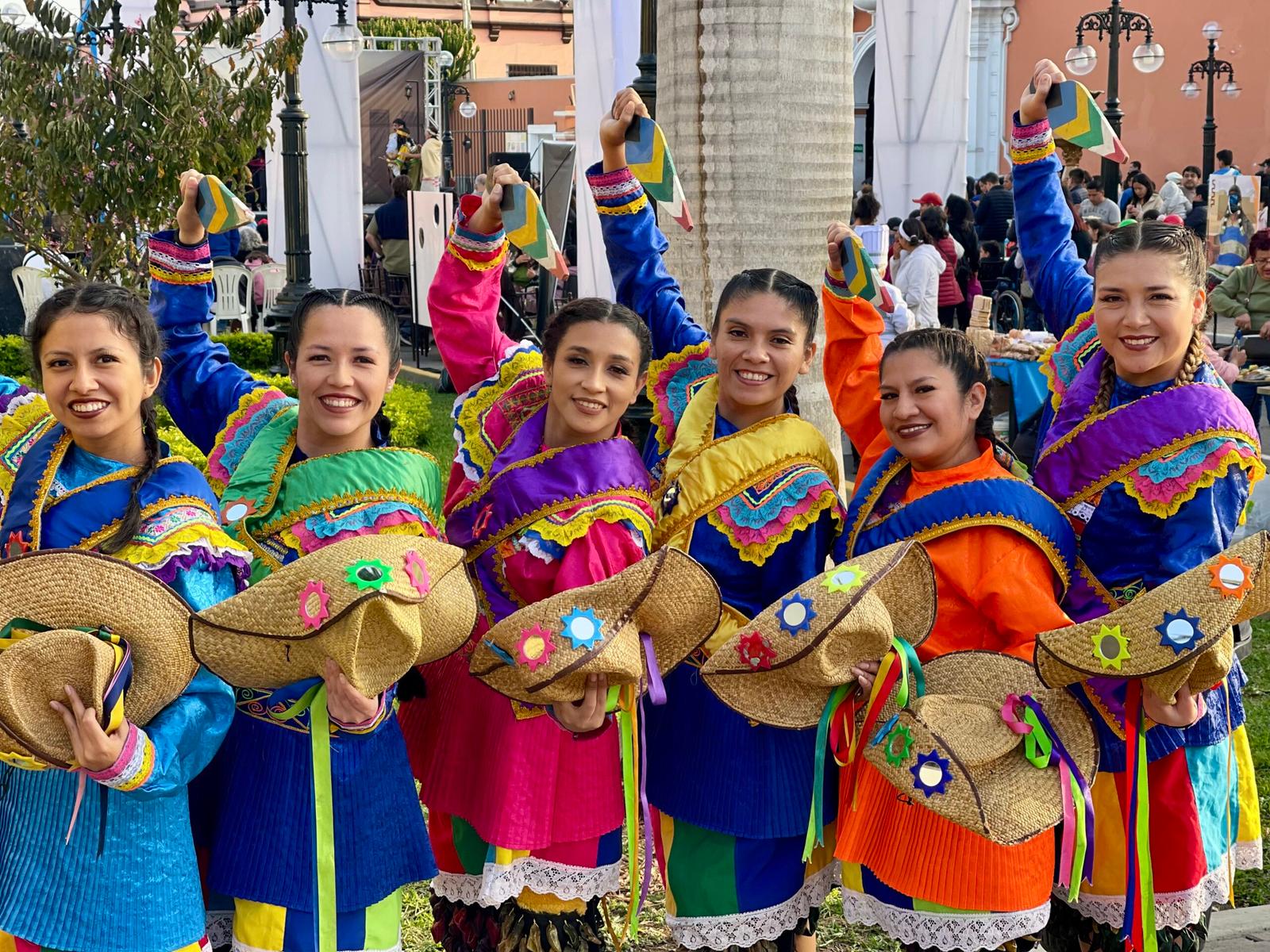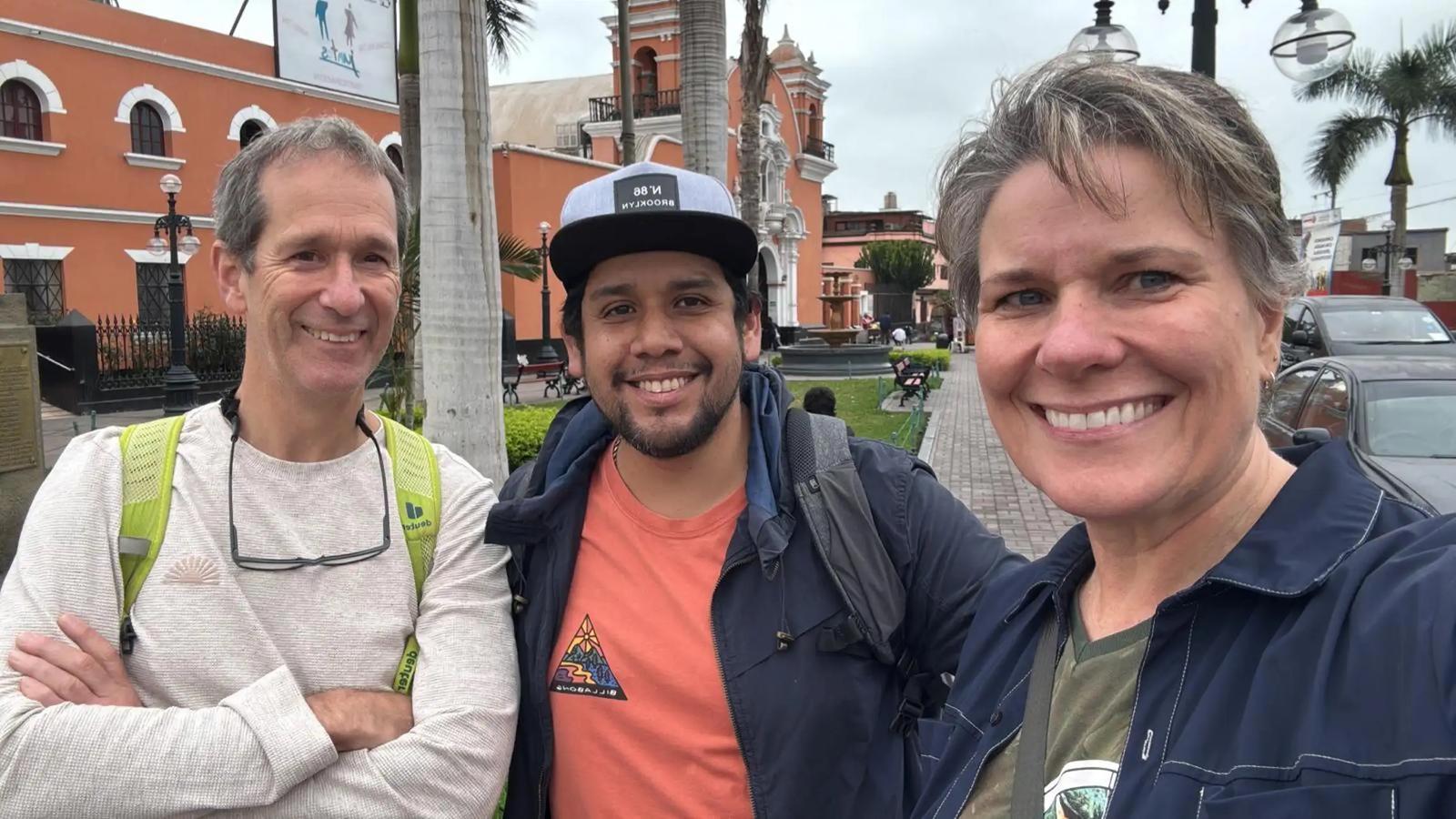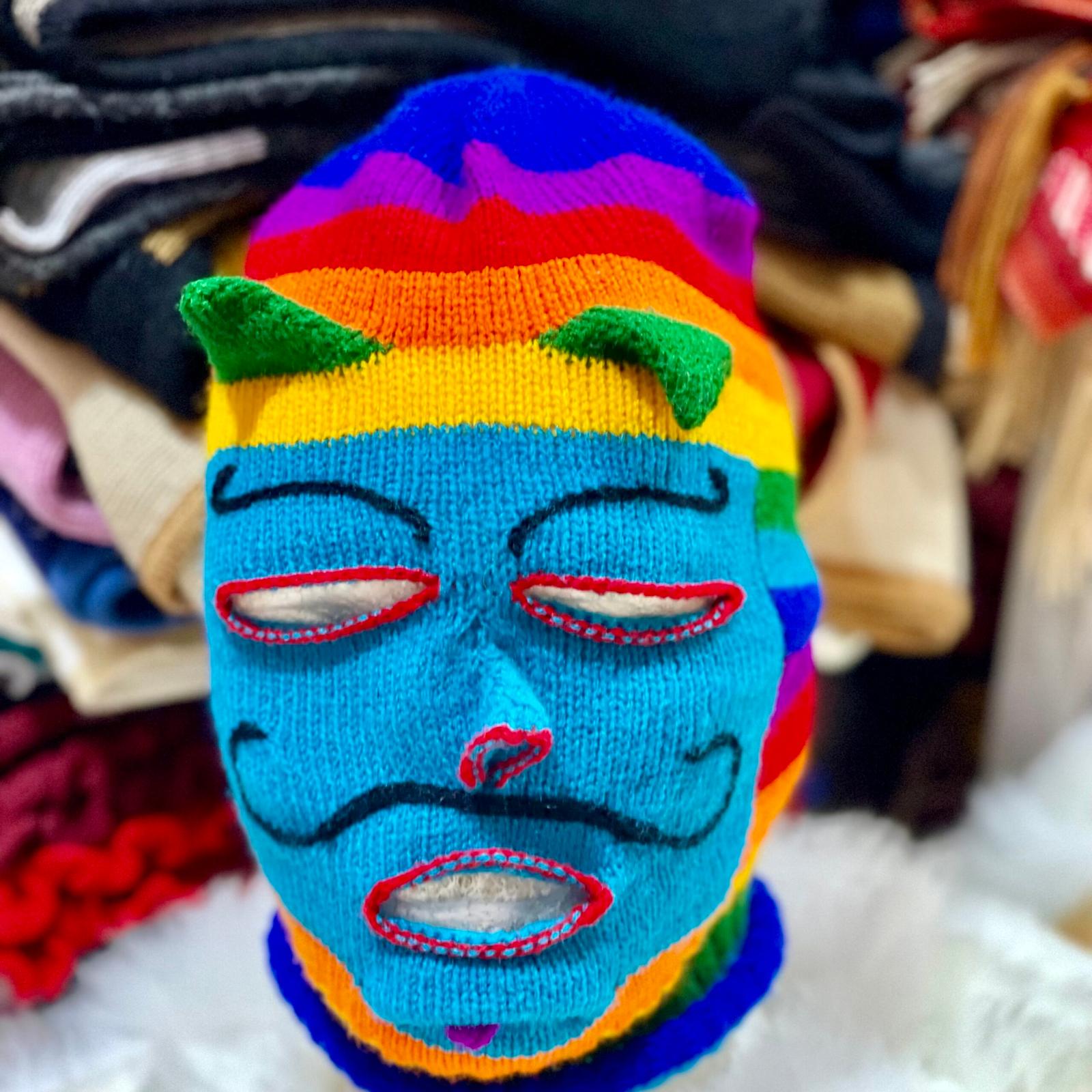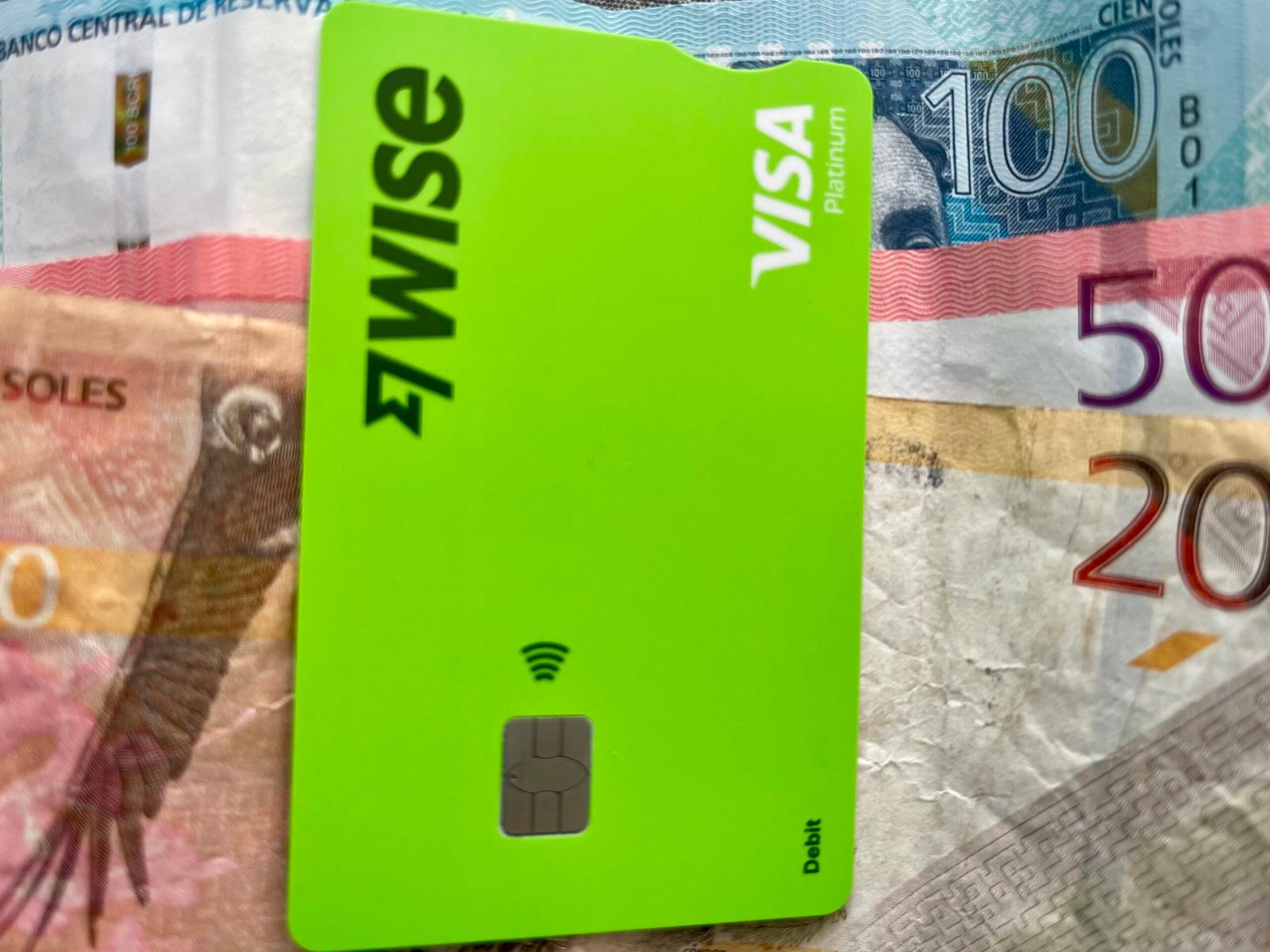Street food is a crucial part of the culinary experience in Lima, offering a glimpse into the city’s foodie culture and history. While the thought of eating from a street cart might seem daunting, it’s an experience worth having—and doing it safely is simpler than you might think.
This guide will answer all of your questions and help you navigate the flavorful world of Lima’s street food. While it will also ensure that you don’t suffer any unwanted surprises.
Is It Safe? A Tourist’s Guide to Street Food Hygiene
This is the number one concern for travelers, and for good reason. Street food in Lima can be a wonderful experience, but you must choose your vendors wisely. Here’s what to look for to ensure a safe and enjoyable meal:
- Look for municipal certification: Reputable and authorized street vendors will often have a visible municipal certification on their cart. This indicates that they undergo the same hygiene inspections that restaurants are subject to, providing an extra layer of assurance.
- Follow the locals: A long line of people waiting at a stall is a clear sign that the food is fresh and delicious. High turnover means the food hasn’t been sitting out for long.
- Watch the preparation: Look for stalls where the food is cooked to order, right in front of you. Steam rising from a pot is a great indicator of safe, hot food.
- Avoid raw foods: Steer clear of things like uncooked salads, unpeeled fruits, or ceviche from a street stall. While Peru is famous for ceviche, it’s best to enjoy this dish at a reputable, busy restaurant – lest you find out why modern Peruvian toilets have handles under the rim!
- Check for cleanliness: A good vendor will have a clean cooking area and may use separate hands for handling money and food. It’s also a good idea to carry your own hand sanitizer.
Remember the golden rule: “Boil it, cook it, peel it, deep fry it or forget it.”
What to Eat: Must-Try Street Foods
Lima’s street food scene is diverse, with dishes and snacks for everyone. The city’s coastal location and diverse culinary history mean you’ll find everything from grilled meats to sweet treats.
- Anticuchos: Arguably the most famous street food in Peru, anticuchos are skewers of marinated beef heart grilled over charcoal. Often served with a boiled potato and corn, they are tender, flavorful, and a must-try. Look for vendors in bustling areas, especially in the evening.
- Chicharrones: In Peru, chicharrones often refers to fried pork belly, served on a sandwich. This popular breakfast or lunch item features perfectly fried pork belly with a slab of fried sweet potato and a spicy onion relish (salsa criolla), all on a crusty roll.
- Picarones: These are a dessert made from a squash and sweet potato-based dough, deep-fried into a donut-like shape. They are served hot and covered in a sweet, sticky syrup called chancaca. You’ll find vendors with deep fryers and pots of syrup in many public parks and plazas.
- Salchipapas: A simple but satisfying snack, salchipapas are a plate of sliced hot dogs and French fries, typically served with a variety of sauces like ketchup, mustard, and a spicy chili sauce (ají). This is a popular late-night meal.
- Butifarras: This classic Lima sandwich is a favorite for lunch. It features sliced jamón del país (spiced ham) on a roll with pickled onions and a creamy sauce. It’s a filling and delicious choice.
- Choclo con queso: A straightforward but delicious snack, this is a large, boiled ear of Andean corn (choclo) served with a thick slice of salty cheese. The large, starchy kernels of the Peruvian corn offer a satisfying contrast to the creamy cheese.
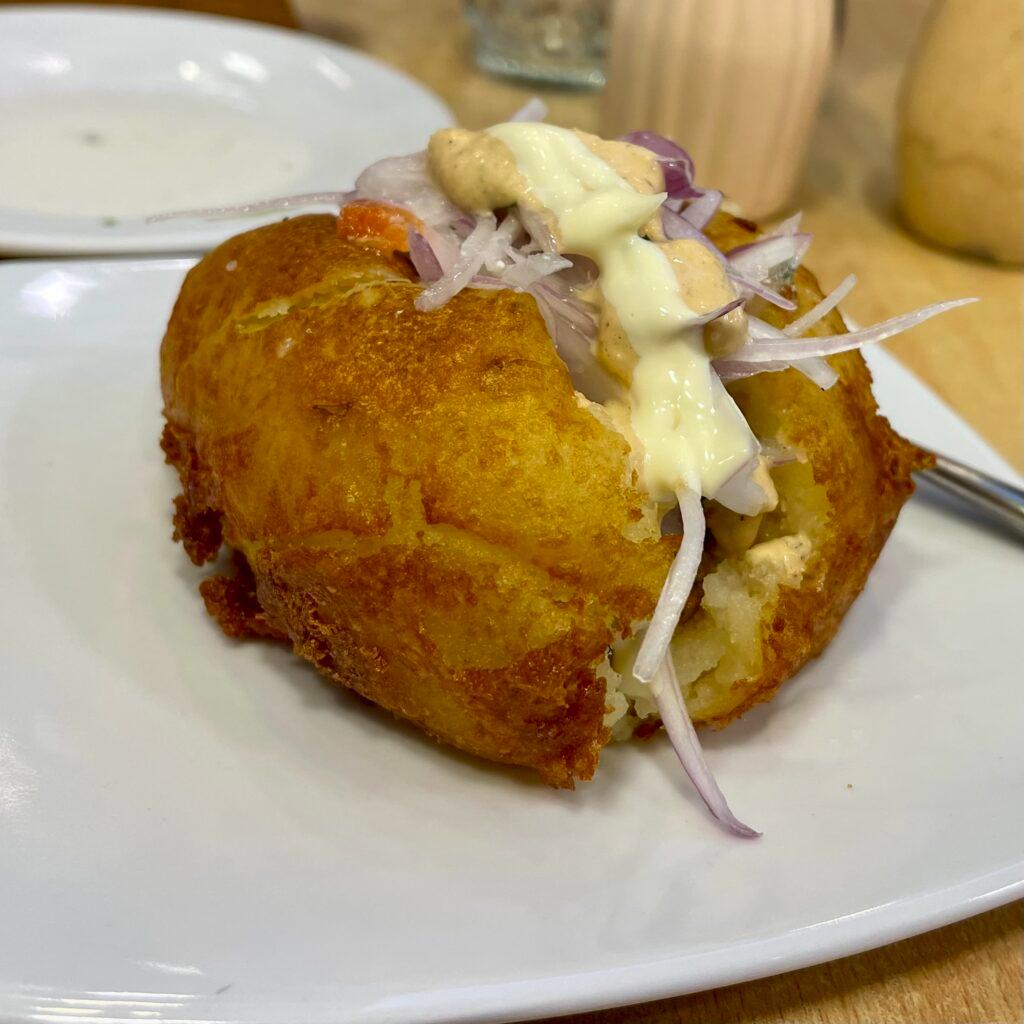
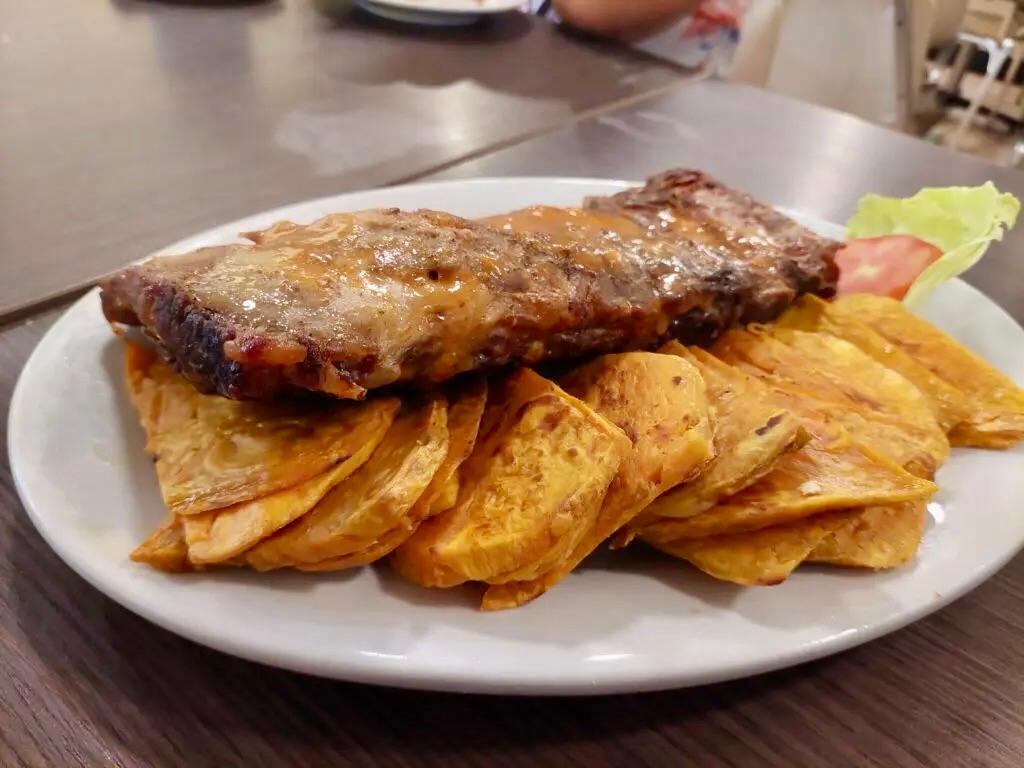
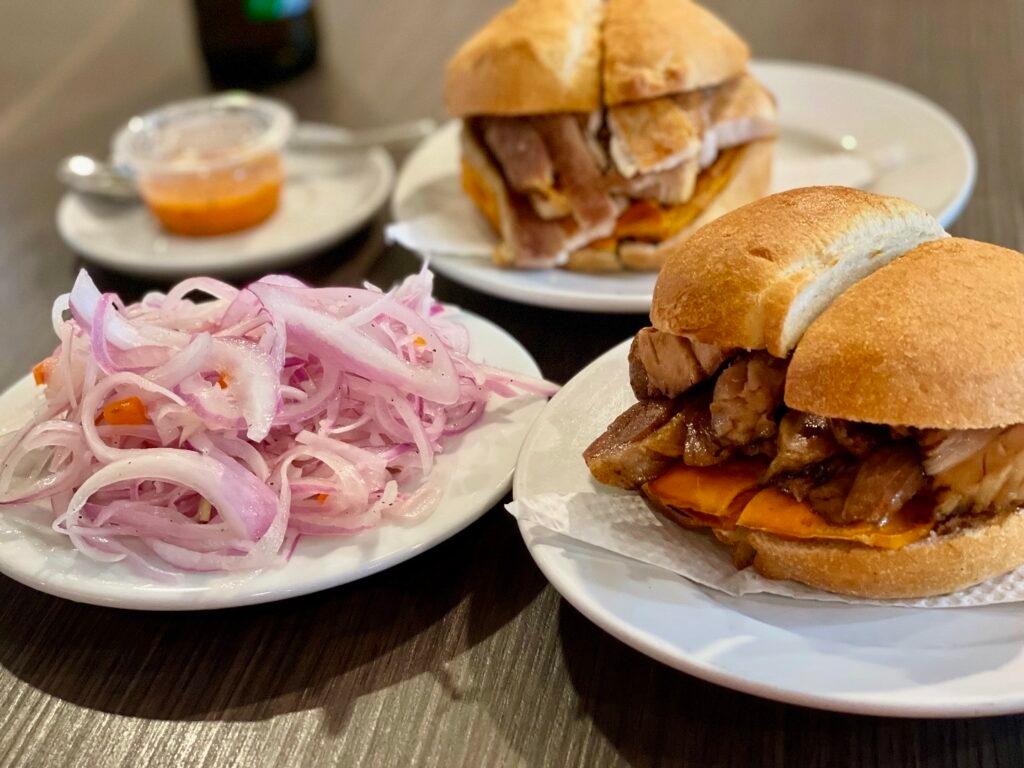

Where to Find the Best Street Food
While you’ll find great street food throughout the city, some places are particularly renowned for specific dishes. For an authentic and unforgettable experience, seek out these famous vendors:
The Street Food Experience: Tips for Travelers
Eating street food is about more than just the food; it’s about the atmosphere and the culture. Here are a few final tips for a seamless experience.
- Always carry cash: Street vendors rarely accept cards, so have small bills and coins on hand. A dish typically costs just a few Peruvian soles (s/5-s/20).
- Go at the right time: Many savory food stalls are most active in the evening, while others, like those selling tamales or sandwiches, are popular for breakfast or lunch.
- Explore beyond the main tourist areas: While you will find popular options in tourist-heavy spots, some of the most authentic and beloved stalls are in local markets and neighborhoods. Don’t be afraid to ask for recommendations in the comments section below this article.
The street food scene in Lima is a testament to the city’s love of food. And food is the one thing in Peru that unites all Peruvians. With a bit of common sense, you can safely enjoy the incredible flavors that define the Peruvian capital.
Yet, for a truly unique perspective on Lima’s past, consider exploring the historic district of Pueblo Libre, a key location in the nation’s struggle for independence, where you’ll also find incredible local eateries and some of the cities best restaurants. It’s where you’ll find some of the best street foods in Lima. Particularly those associated with Peruvian criollo culture!
